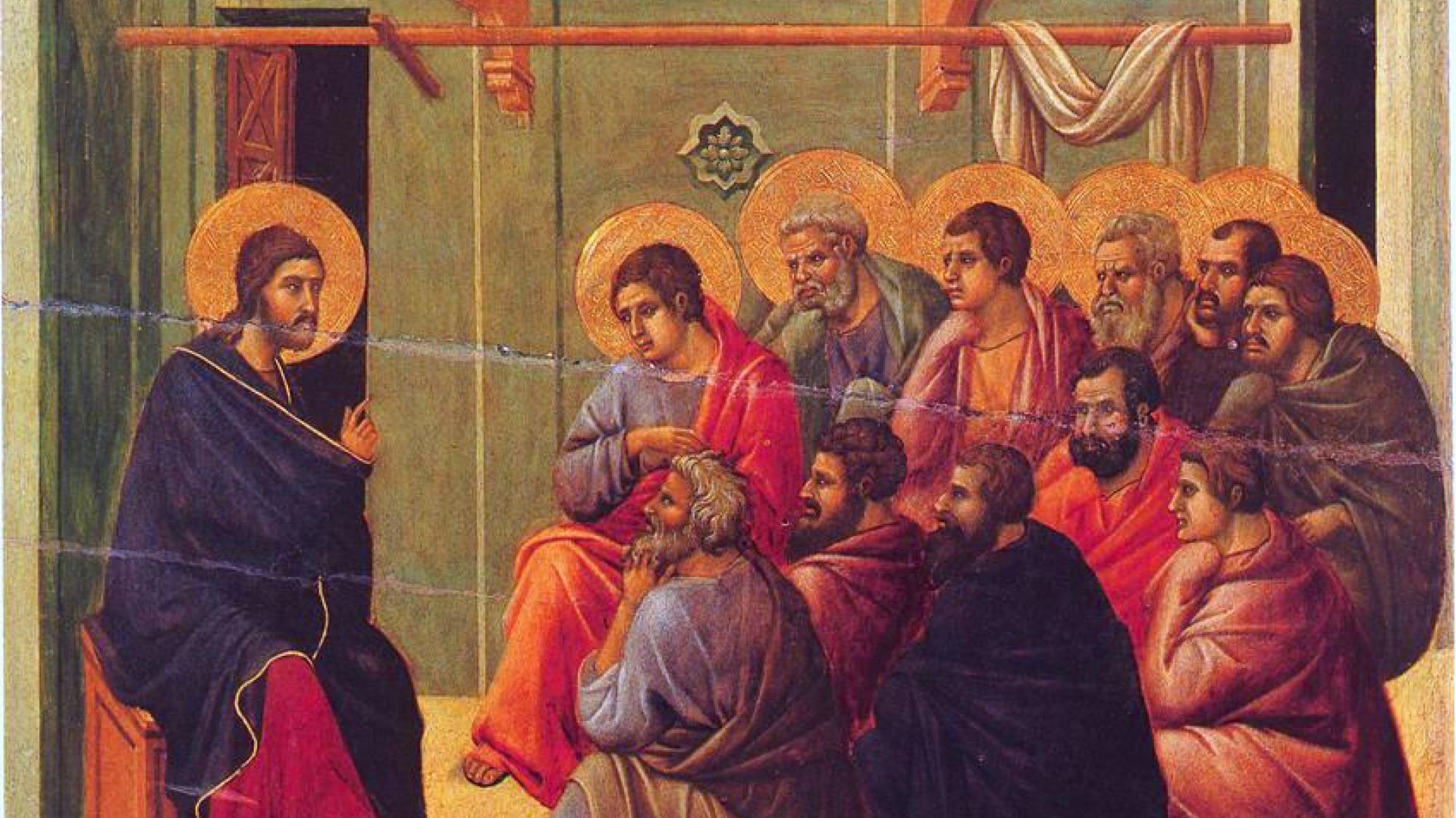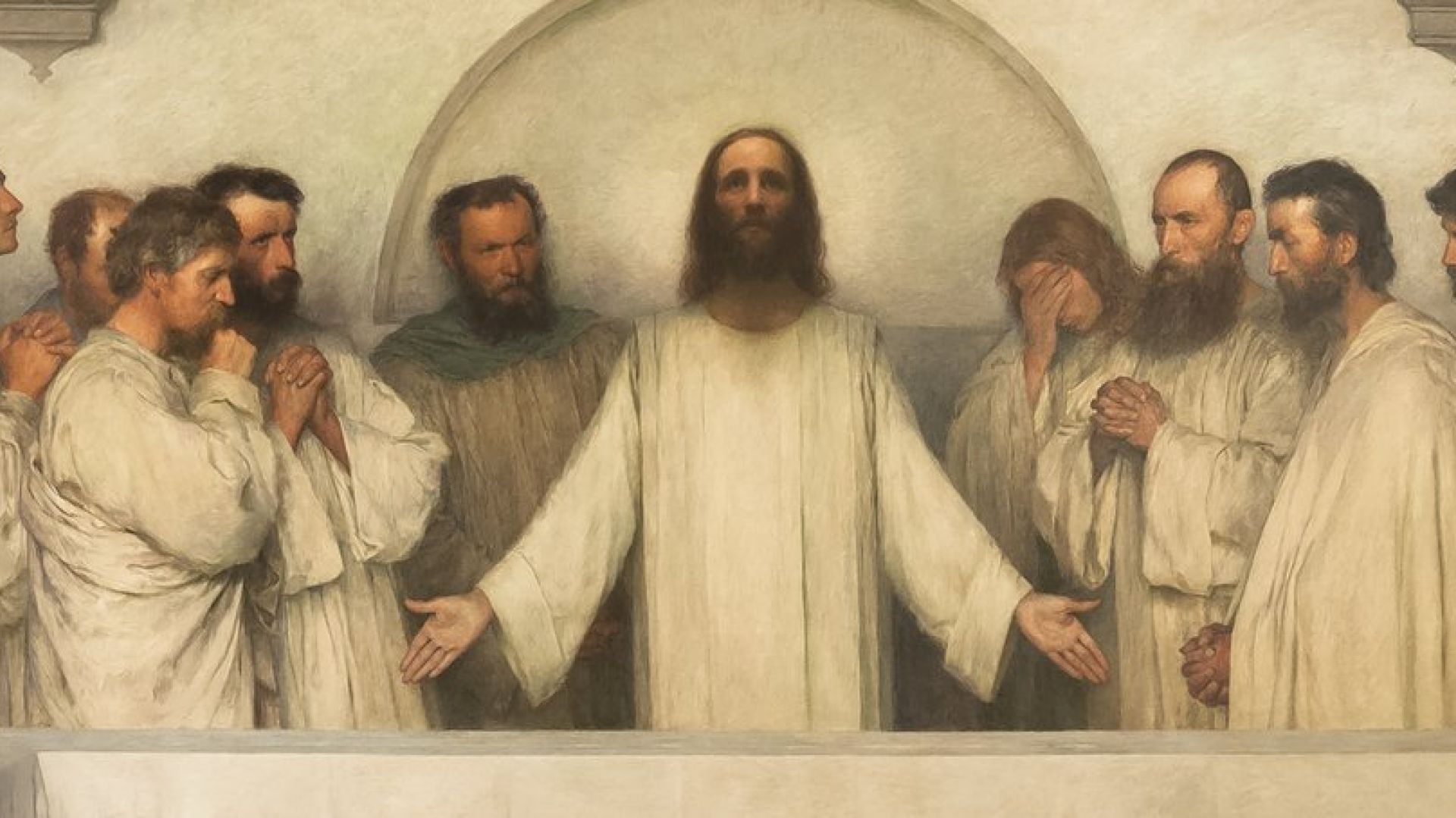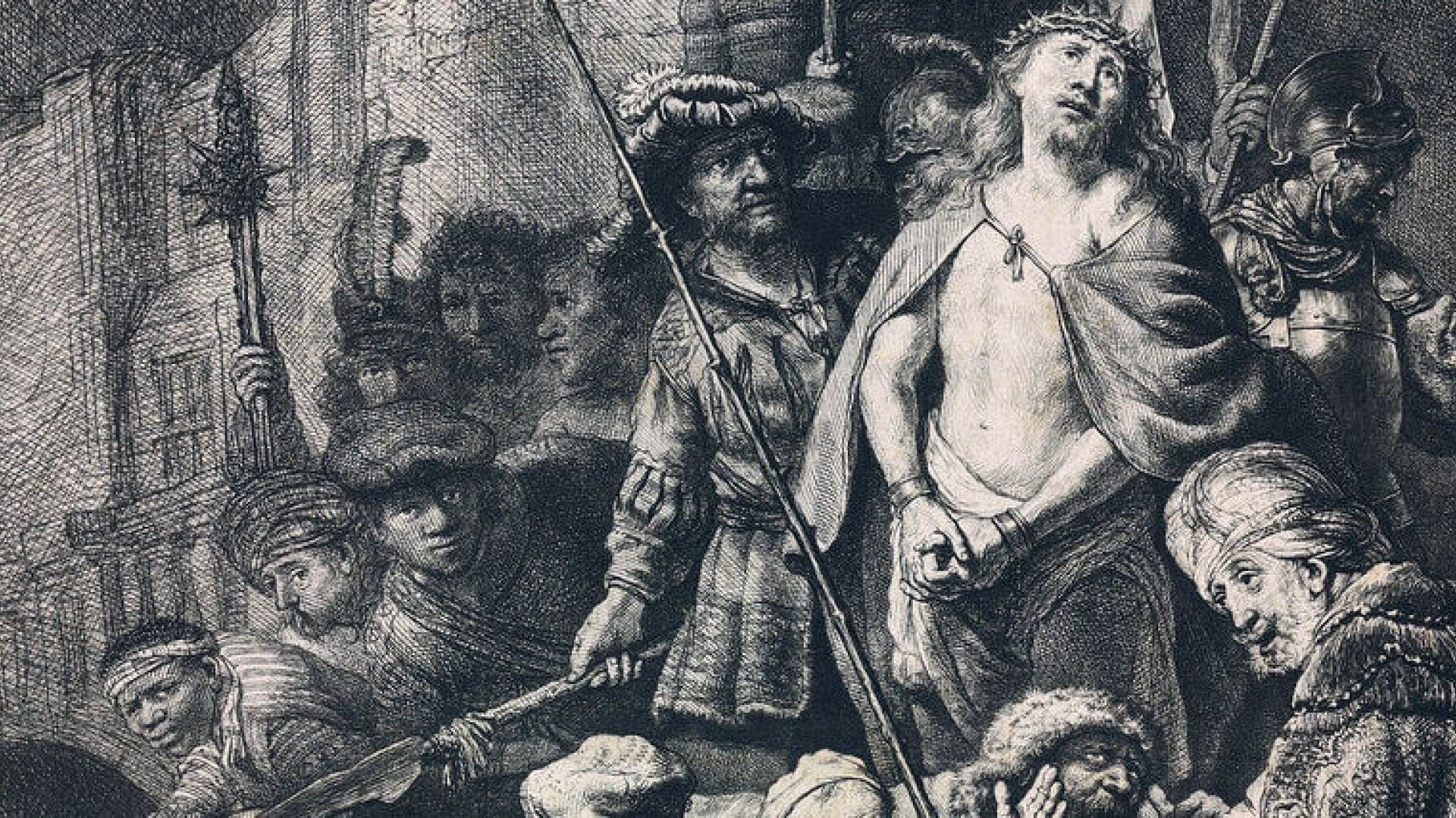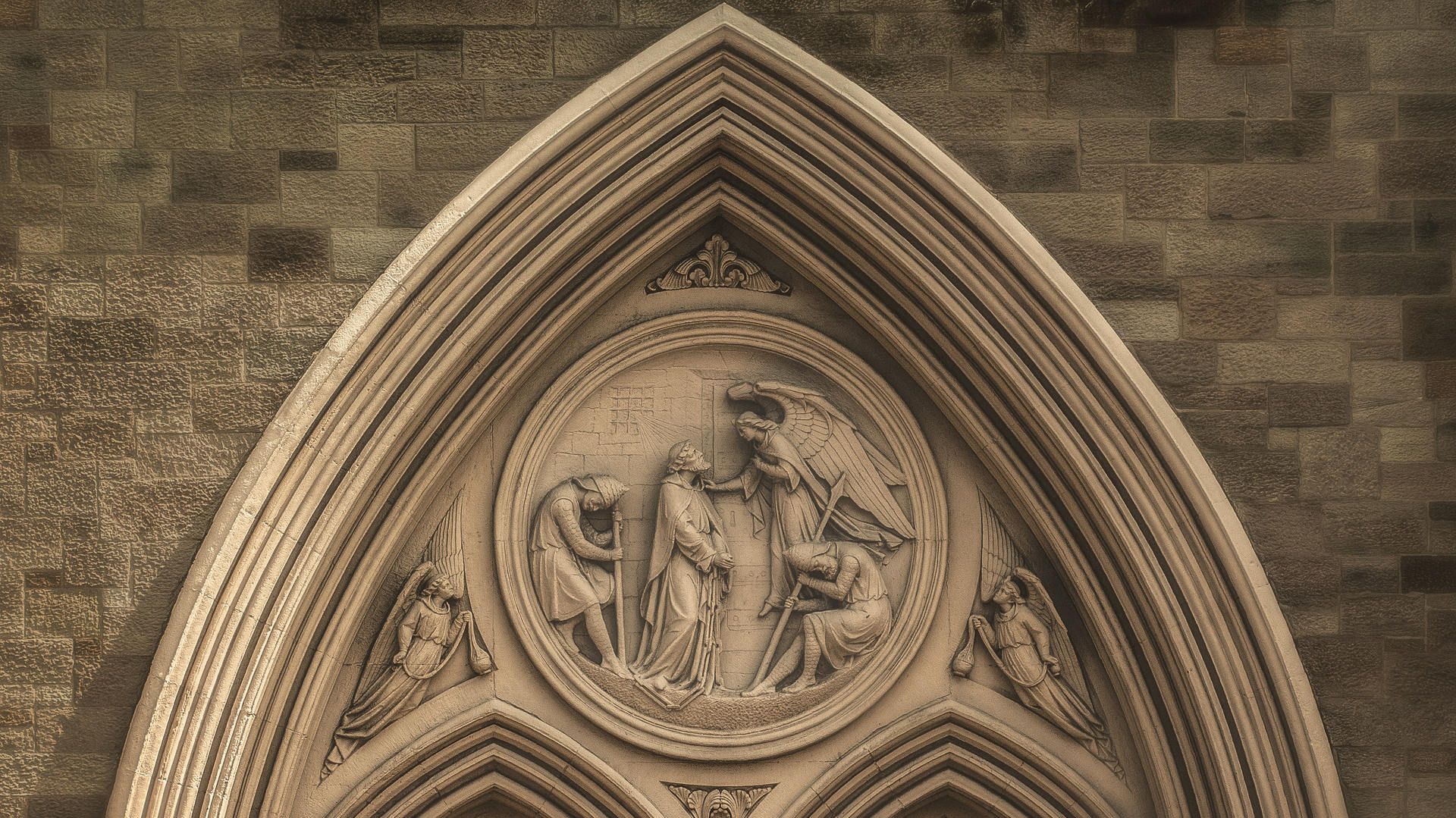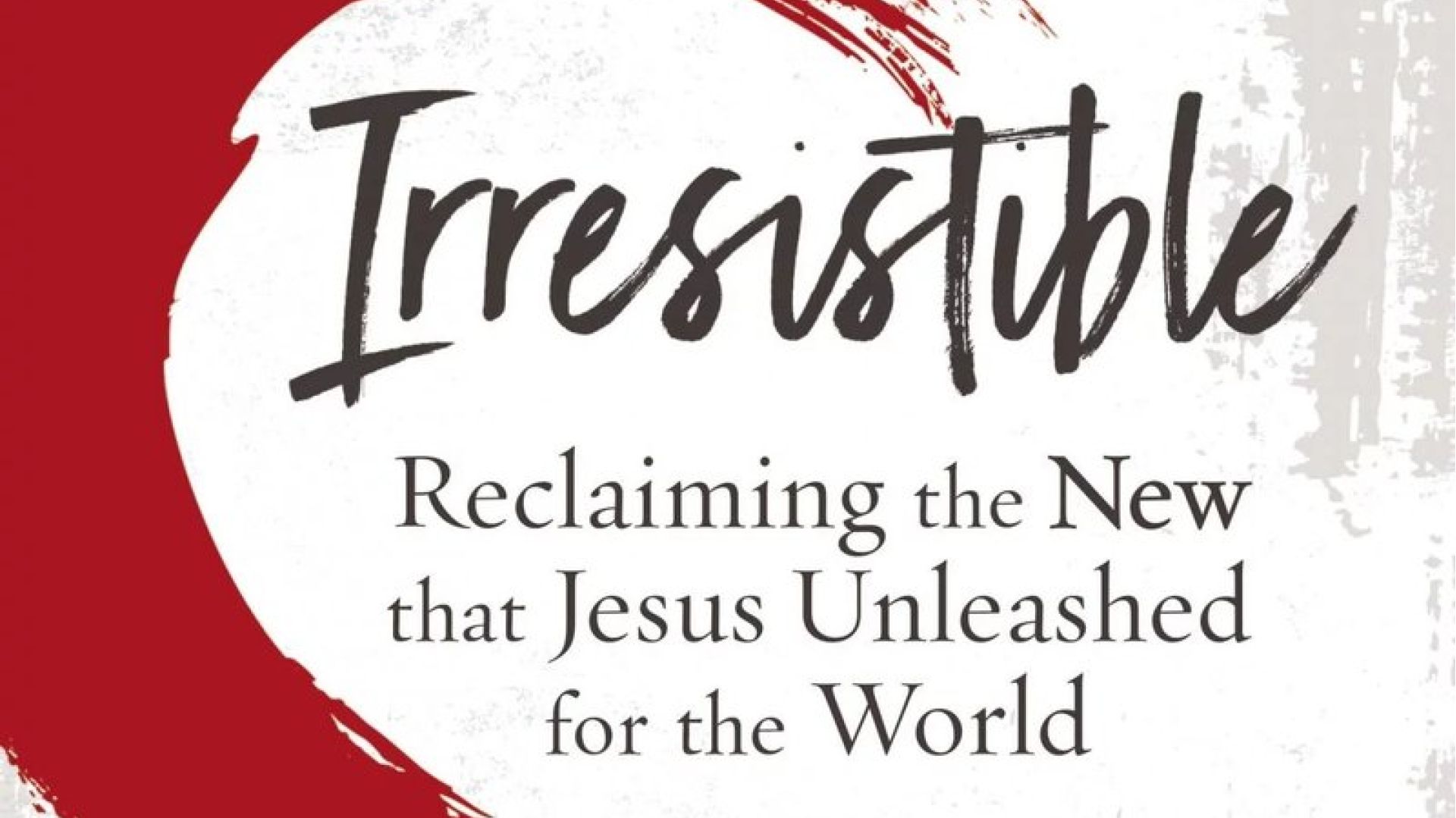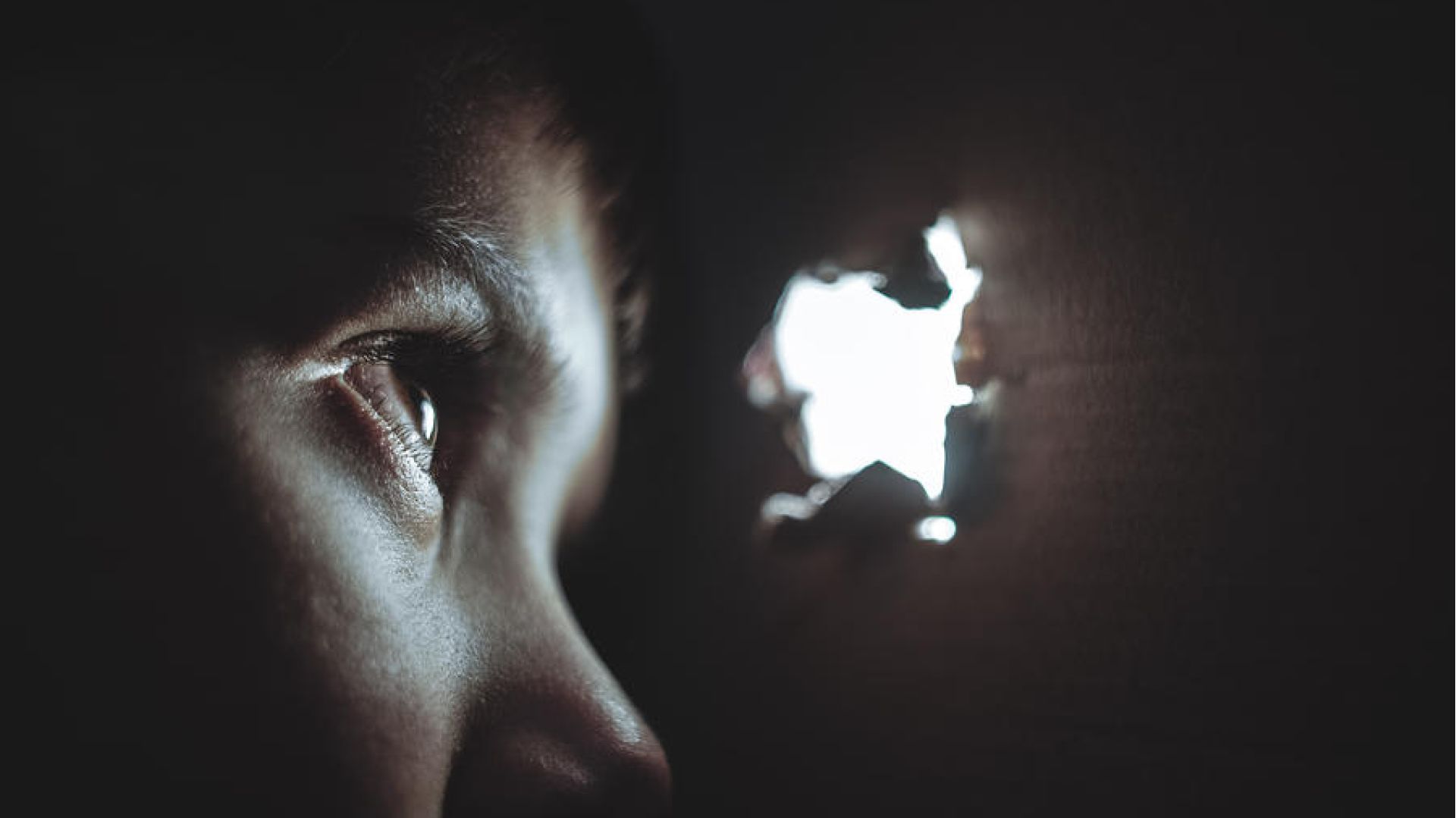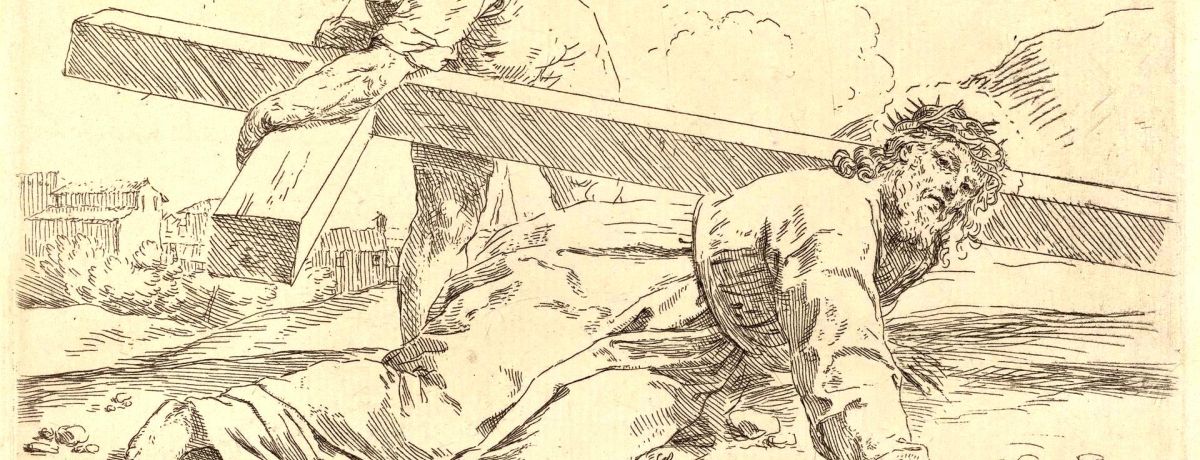
Simon Carries Christ's Cross & The Weeping Daughters of Jerusalem — From The Garden To The Cross

Discussion Highlights
Some topics of the discussion included:
-
How the burden of carrying a cross is a gift, often unexpected or actively resisted.
- The power of giving a gift of which can never be reciprocated.
- Is Jesus' rebuke of the weeping women a threat, an offensive exhortation, or something else?
- Mercy and understanding were shown to Jesus by the Romans by allowing someone to carry the cross for him.
- How God allowed himself to be helped in Jesus' mission and the connection for us allowing people to help us.
- How Jesus was connecting with the women's suffering by telling them to weep for themselves and their children because there will always be suffering.
- The connection between Hosea 10:8 (The high places of Aven, the sin of Israel, will be destroyed; thorns and thistles will grow over their altars. They will say to the mountains, “Cover us!” and to the hills, “Fall on us!”) and what Jesus spoke to these women.
- There is power in the metaphor of carrying our cross, but must there be more to it than just a story?
- How, in spite of the struggle that can come with it, we often aspire and carry responsibility for a larger purpose that supersedes the suffering.
- The difference between impacting the lives of millions of people contrasted with receding into the smaller role. Carrying the cross is an everyday experience. Small and large crosses.
- Why are we carrying the burdens we carry? And is the cost worth the end outcome?
- Benji shares the story of his daughter, walking into the hospital without faith, and walking out without his daughter but with hope.
- Jason Long, who grew up Jewish and now is an atheist, shares how his experiences being an outsider within an American Christian society and the lack of grace he experienced.
- Distinguishing the difference between southern Christian culture and Christianity. Discussing the lack of cross-carrying within the church.
- Knowing the difference between being an outsider and an insider and how to see and operate as one. How Jason Long got kicked out of Sunday School.
- Exploring misdirected pity and what it means to hit rock bottom in our life.
- How Jason Long broke his back in nine places, split his pelvis, had major organ damage, and was in a coma for weeks. This started the worst season of his life but was also the pressure to transform him into somebody he could not have become without that tragedy.
- The intersection between suffering and death and the hope we have and how reality shapes our perspective.
Fellow Conversation Participants
In this episode, I'm joined by Jason, Allison, & Benji.
-
Jason Long is a newly minted father, solver of problems, serial business building entrepreneur, CEO of Experience Care, world traveler, and a community-involved citizen. Check out my Inspirational People Interview with Jason or my discussion with Jason on business pricing here.
-
Allison Miller is an author who is pointing women towards Jesus while also mentoring them on how to practically flourish in their life, relationships, and their dreams. Visit her website here.
- Benji Hollis is the vice president of sales for the annual Chick-Fil-A Peach Bowl and is also involved in a Leukemia legacy fund, inspired by his daughter Anna Charles' devastating battle with cancer that brought him to Jesus. You can also check out my discussion with Benji about Andy Stanley's book, Louder Than Words here.
I'm grateful for their participation in this episode and for helping to make the book better.
Listen to the Discussion
Click here to listen in on Anchor directly, or click play below to immediately begin streaming.
You can also find this discussion on Stitcher, Itunes, and wherever you listen to podcasts under the name, Share Life: Systems and Stories to Live Better & Work Smarter or Jason Scott Montoya.
Watch The Conversation
Click here to watch this discussion on Youtube directly, or click play below to begin streaming the video.
Click here to subscribe to my Youtube channel.
My Harmonized Account of the Weeping Women & Simon Carrying Jesus' Cross For Reference & Study — An Excerpt From The Book
Mark 15:20-22 | Matthew 27:25, 31-33 | Luke 23:26-31 | John 19:15-17
Pilate, the Roman Governor, sentenced Jesus to die by crucifixion backed by the religious leader’s direction and the crowd’s insistence (Chanting responsibility upon themselves and their children for Jesus’ death sentence).
Upon conviction, Jesus was guided away to carry his cross to the place of the skull (known in Hebrew as Golgotha). Struggling to bear his cross for the entirety of the journey (due to his condition from the scourging) Jesus was unable to carry it any further.
The Roman soldiers forced a passerby (from the countryside) named Simon (of Cyrene, and father of Alexander and Rufus) to carry Jesus’ cross for the remainder of the trek to Golgotha, following Jesus along the way.
A large crowd trailed behind them, including numerous weeping women. Jesus turned to and spoke to them.
“Daughters of Jerusalem, don’t weep for me, but weep for yourselves and for your children. For the days are coming when they will say, ‘Fortunate indeed are the women who are childless, the wombs that have not borne a child and the breasts that have never nursed.’ People will beg the mountains, ‘Fall on us,’ and plead with the hills, ‘Bury us.’ For if these things are done when the tree is green, what will happen when it is dry?”
As Jesus was led to the place of the skull with Simon carrying his cross from behind, two other rebel criminals sentenced to the same fate were ushered to the crucifixion site.
The Carrying of the Cross, by Simone Cantarini courtesy of the National Gallery of Art

